Reportar esta entrada
Más sobre la misma comunidad-colección
Exhibit Opening: Rediscovering the Art of Octavia Magoffin Glasgow
An El Paso born artist, Octavia was the last Magoffin family ...
Exhibit Opening: Rediscovering the Art of Octavia Magoffin Glasgow
An El Paso born artist, Octavia was the last Magoffin family ...
Exhibit Opening: Rediscovering the Art of Octavia Magoffin Glasgow
An El Paso born artist, Octavia was the last Magoffin family ...
Mapping Inequality & Reclaiming Place – Demolition of a Neighborhood
In 1956, congress passed the Federal-Aid Highway Act and created ...
Loretto Academy Students in World War Two uniforms
Loretto Schools girls in World War Two uniforms
Lifetime friends attended 100th year homecoming of Loretto Acad.
Photo taken Sept 2023. Lifetime friends attended 100th year ...
Riverside High School alumnae attend 40th reunion.
Riverside High School alumnae attend 40th reunion. Sept 2023
Political Cartoon from the El Paso Times.
Political Cartoon from the El Paso Times relating former El Paso ...
Popular supports suffrage on back cover of 1925 pamphlet listing members of Women's Organizations of El Paso TX
Popular supports suffrage on back cover of 1925 pamphlet listing ...
Marina Ardovino, entrepreneur, supports Women's History Month
Marina Ardovino, entrepreneur, supports Women's History Month ...
Photograph of Herlinda Chew Posing with Chinese Colony float - El Paso Sun Carnival Parade
Photograph of Herlinda Chew Posing with Chinese Colony float - ...
Portrait of Herlinda Wong Chew in Revolutionist Attire
Portrait of Herlinda Wong Chew in Revolutionist Attire - "Yaqui ...
Photograph of People Shopping in New China Grocery
Photograph of People Shopping in New China Grocery
Photograph of The New China Grocery store sign
New China Grocery, at 200 S. Stanton St. Owned by Antonio and ...
Photograph of Herlinda Chew inside New China Grocery
Photograph of Josephine or Grace Chew (the elder daughters of ...
Photograph of Chew Family sitting at a dinner table.
Photograph of Chew Family sitting at a dinner table.

















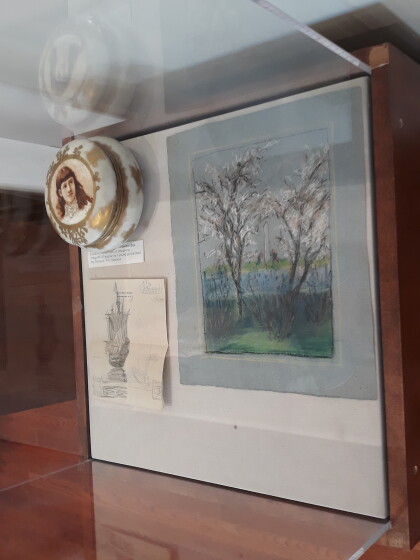
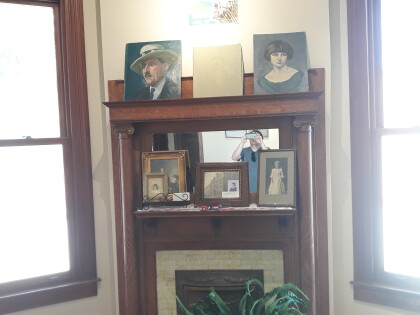
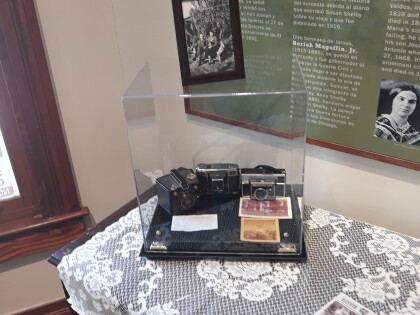
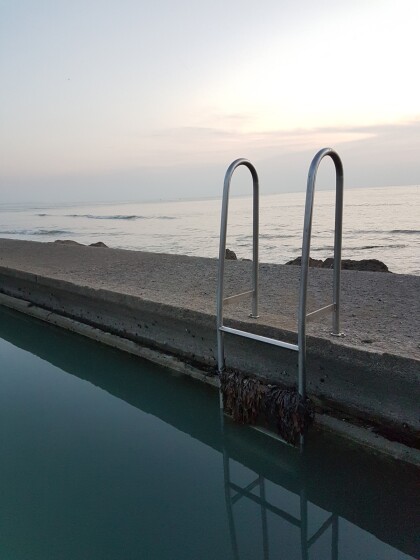


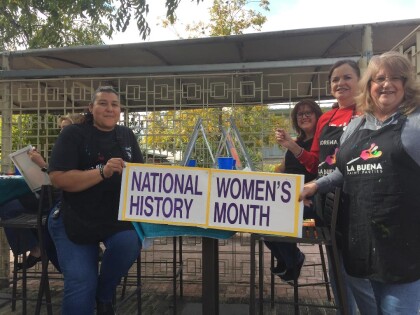


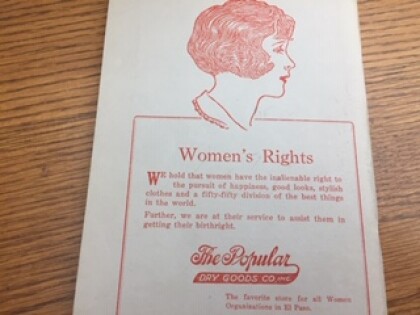
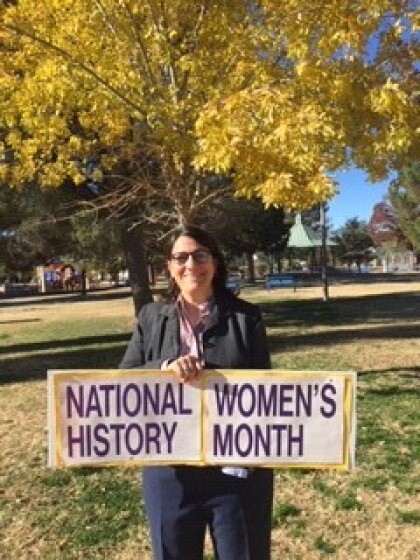
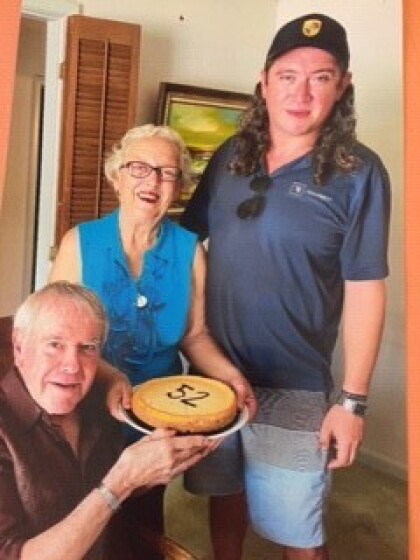
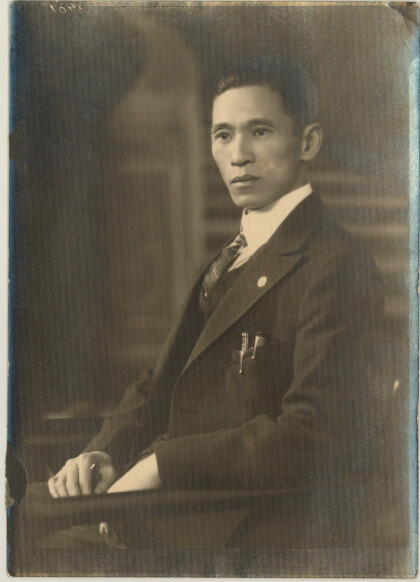
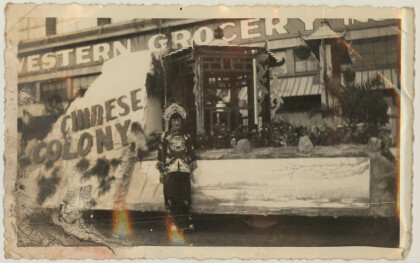
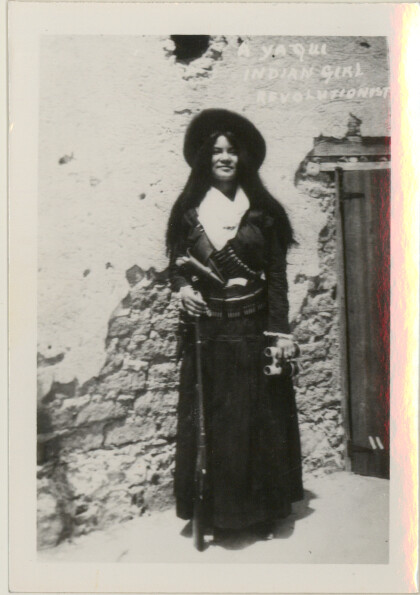
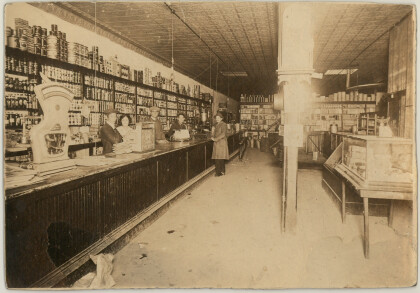
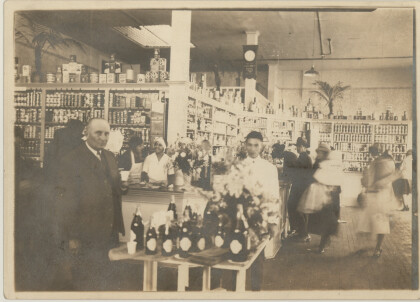
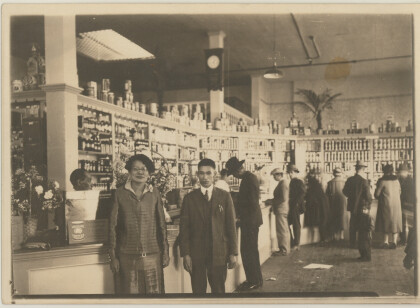
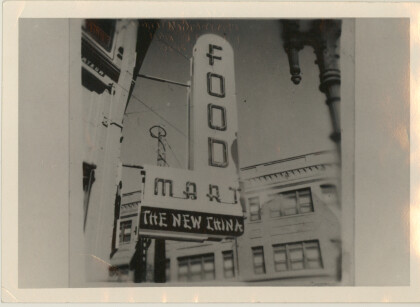
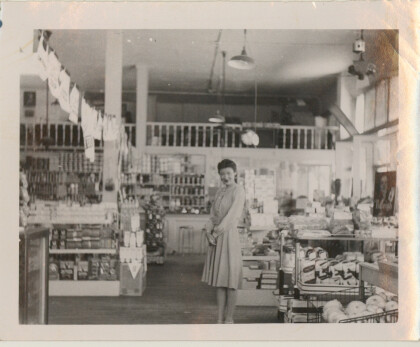
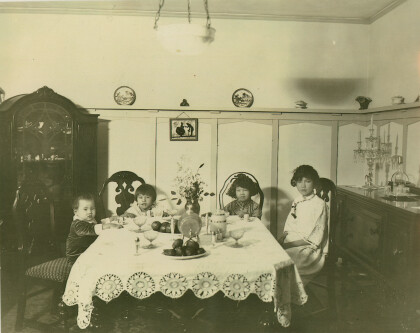
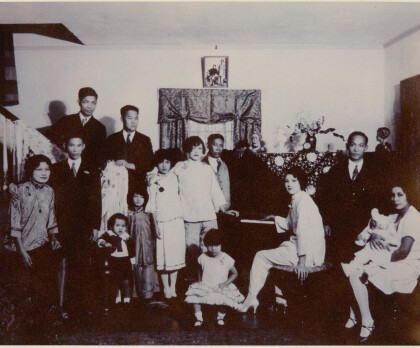
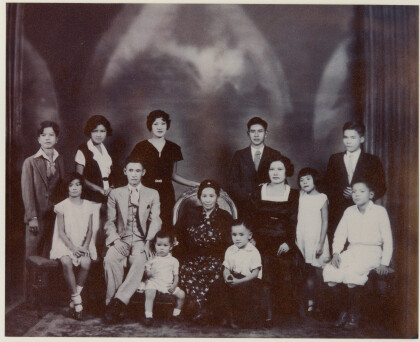
Comentarios
Hacer un comentario